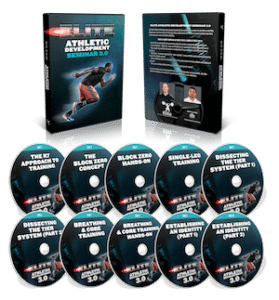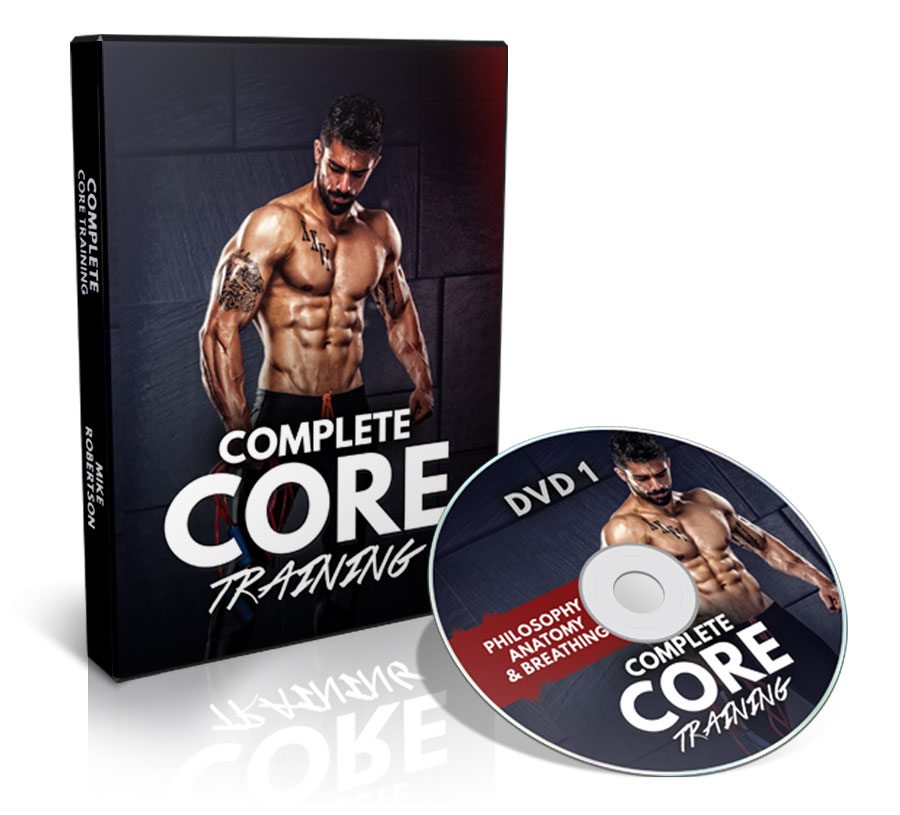The Essence of “TIME”

Joe Kenn MA, MSCC, CSCS
Big House Power Competitive Athletic Training Inc.
In sports, when the word “time” is used in a conversation, most discussion will be focused on an individual’s 40-yard dash. That is, how fast an individual can cover 40-yards in a maximal effort sprint. This is usually discussed in seconds. As in, “My running back ran the 40 in 4.37 seconds”.
In the structured programming of competitive athletics, the essence of time is a critical point of the planning process for the majority of strength and conditioning coaches across the nation. There are many ways to view the term “time” and how it applies in many different parameters of the training plan. Below, is my opinion on the “manipulation of time”, in several areas, as it applies to training.
Time – The Long and Short of IT
The development of a highly successful program is going to be gauged on the development of long and short term planning. Coaches should develop a Quadrennial plan for their athlete’s high school or college careers. The term Quadrennial Plan comes from Olympic Training programming as it relates to the 4-year training process an athlete goes through preparing for the Olympic Games. The Quadrennial plan works fairly well with high school and college athletes because we generally have them entering their freshmen year and continue to work with them through their senior season. Typically, this is a four-year process. As strength and conditioning coaches, (and at this level, we are really general physical preparation specialists), we can develop an approach that sequentially improves on the general physical fitness attributes necessary to achieve improved athleticism. It’s up to an athlete’s sport specific coach to improve their specific “on-field” abilities. We train the general they train the specific.
As we set up the goals of Quadrennial Plan (4 year plan), we must now shorten the time period down to specific annual plans. An annual plan is a distinct yearly plan within the Quadrennial plan. As the athlete goes through your program, the goals and expectations of the program should change with the athlete’s increased training age.
Once the goals of the annual plans are set, we now move onto the short term goals of the yearly plan. These short term goals are usually broken down into multiple, four week time periods. Four-week periods are usually termed mesocycles or blocks and they will have specific adaptation goals that your athletes will be working hard to achieve.
Long term planning for professional athletes is going to be slightly different. I have studied and discussed this at length and have found coaches tend to look at the longevity of the athlete’s career in “years of service”. I have spoken to several coaches who break up the long term plan similar to this; rookies to year three, year four through year seven, years eight through 10, and finally 10 plus.
This is a basic overview of the essence of time as it relates to programming an athlete’s career. As with any programming issues there are always exceptions. Some of those exceptions are; athletes who transfer in, athletes who leave early for the professional ranks, athletes who exceed the norms for their general training age, injuries, etc.
Time – Training Session Duration
If you read enough material you will find that there are several opinions on what the optimal training session duration should be. Should it be, no more than 60 minutes, 90 minutes, or 60 minutes not counting the warm up? Or, does everything count? The response is as varied as the coaches.
I think one of the biggest issues of time spent in specific training sessions will be based on your specific situation. For example, college strength and conditioning coaches are working off of an NCAA governed allotment of eight total hours a week of training. In some cases, as with basketball, this may be reduced to six hours because the position coaches can do individual position specific work with their athletes up to two hours per week. On the high school level, your training session duration may be designated by the length of each class period. As you can see, though training has its scientific factors, the coach’s ability to be creative in program design is at a high premium.
My goal for a strength training session is 75 minutes. This includes the “warm up”. I prefer to use a term borrowed from Coach Charles Staley. That is, Pre-Activity Preparation. If we have scheduled a running session, our goal time for the session is less than 60 minutes.
Our Linear and Lateral Speed Sessions, depending on the mesocycles can range from 15 to 45 minutes. The majority of the time we are in the 30-minute range because we usually follow this session with a transition to the strength training session of the day. Depending on the goals of the training blocks, conditioning sessions can run between 45 to 120 minutes. The latter is usually during the final stages of a football summer program when we are in a block of training in which the conditioning session is organized similar to an actual practice. When we are in this block of training the time demands on the other components of training decrease.
Time – Repetition Speed [as it pertains to strength training].
Speed of Movement is another exciting aspect of time that can bring about a tremendous amount of discussion. This is one factor of time that I have really worked hard on defining and differentiating in my own training as it relates to strength movements. Why? So I have a better ability to relate to my athletes the type of training response we are hoping to achieve.
First, my recommendation as it pertains to training athletes is to always perform the concentric portion of a movement with maximal concentric acceleration. This is based off of Fred Hatfield’s Compensatory Acceleration method and Vladimir Zatsiorsky’s Dynamic Effort Method made popular by Strength Coach, Louie Simmons. This especially pertains to movements that are not classified in the Olympic Weightlifting Category. The goal is to perform the positive aspect of the movement (concentric phase) as “explosive” or “fast” as possible.
How fast or explosive the movement is completed will be related to the external load of resistance based on training intensity. But, the athlete’s mental intent must be, on being fast. The external load will also determine how fast one must begin to decelerate the bar before completion. In general, the lighter the load the sooner deceleration of the movement occurs.
When training intensities are lighter, coaches of advanced athletes could implement the principle of accommodating resistance, popularized in the U.S. by Coach Simmons into the program. In short, accommodating resistance means varying the resistance (implementing chains or bands) that mimic the increased/decreased strength levels of the changing lever angles during the entire movement. In the case of the concentric phase of the movement, the load gets heavier as the athlete completes this phase allowing for a longer acceleration time.
As far as the eccentric or negative phase of the movement, I recommend what I call a “strong eccentric”. This is usually between one to three seconds, but I am not asking my athletes to mentally count this out. I prefer to see the athlete control the external load to help develop eccentric strength as well as the stabilizing muscle groups of the movement.
Here are some examples of how to vary speed of movement. Tempo as it relates to repetition [rep] duration is a term popularized by Strength Coach Charles Poliquin. Utilizing a tempo based repetition we will place a specific time for each phase of the movement. I have slightly manipulated Coach Poliquin’s model to suit my needs. An example of a specific repetition tempo for our athletes might be [X-2-1-1]. This is a standard tempo we would use with most of our major and secondary assistance movements. The first number “X” coincides with the concentric phase of the rep. As I mentioned earlier, I am a proponent of maximum concentric acceleration so we are looking for an explosive intent. The second number is the eccentric phase which equals 2 counts. This can be measured easily by using a 1-1, 2-2 cadence. The third number relates to midpoint pause/contraction time and the fourth number relates to completion pause before performing the next rep. By adjusting the tempo scheme of the rep, we can elicit different training stimuli.
I also want to add two training tempo manipulations. I utilize, Iso Miometric/Iso Dynamic and Sub Max Eccentrics. These two training tempos are from Christian Thibaudeau and are part of my regime training cycles that I learned from Coach Buddy Morris and Coach Tom Myslinski. An Iso Miometric/Dynamic protocol is based on a 6-repetition set in which the midpoint pause/contraction time is manipulated. Repetition one has a 6 count midpoint pause and for each following rep you decrease the midpoint pause 1 count. A Sub Max Eccentric Set is a fixed tempo of a 6 count eccentric phase for each rep. The standard rep count per set is six.
These are excellent alternatives to high repetition hypertrophy training because we have manipulated the all important aspect of time. Based on the principle or T-U-T, Time Under Tension, we can elicit a hypertrophy effect with fewer reps because we alter the repetition tempo to match the time demand. In the majority of articles I have read on the subject, it is recommended that an individual set must have a T-U-T of at least 40 seconds to elicit a hypertrophy response.
Obviously, this is an overview and one man’s perspective on these aspects of Time. My goal was to stimulate the thought process and for you to evaluate how the Essence of Time is an important part of the program design continuum.
Here are some other components of time to dwell on; Rest and recovery time, Work: Rest ratios in your speed and conditioning sessions, and improving your density of training. Rest and recovery as well as nutrition may be more important than any other training modality. Is your Work: Rest interval[s] properly developed for the energy system[s] you are trying to improve? Can we improve density of training by manipulating rest times between sets and pairing movements?
There are numerous factors that need to be considered in the process of program design. Time and it’s many derivatives is just one of those factors that has numerous influences in programming. In the end, be practical and creative and your athlete’s will succeed.
WORDS WIN!
COACH KENN







